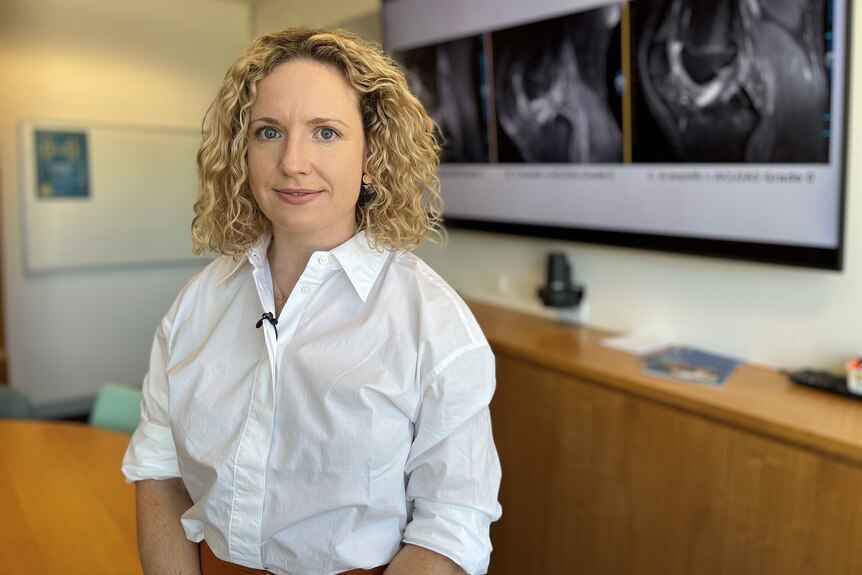Personal trainer Danyelle Anderson tore the anterior cruciate ligament (ACL) in her right knee during a kickboxing class.
“Pretty much my whole world fell apart,” he said.
An orthopedic surgeon told him that it was not possible for his ACL to heal and that surgical reconstruction was necessary.
Reluctant to undergo surgery, she decided to see if her knee would improve with physical therapy.
Three months later, a follow-up MRI showed that his injury had gone from a grade three complete tear, in which the ligament tears completely in half, to a less severe grade one tear, in which some of the fibers are continuous.
“Basically, my ACL has reattached and is healing,” he said.
Ms Anderson’s story does not surprise Associate Professor Stephanie Filbay, a researcher at the University of Melbourne.
In a study that has attracted worldwide attention, he reanalyzed the results of a Swedish trial involving 120 patients, comparing the MRI scans of those who underwent surgery with those who underwent rehabilitation without surgery.
“What we found, surprisingly, was that two years after the injury, in those who had only had rehabilitation, 53 percent had signs of healing on MRI,” Dr. Filbay said.
“Even more surprising was that those with signs of healing reported better outcomes than those who had undergone ACL surgery.”
Evidence of healing was considered to be the presence of continuous ACL fibers where previous MRIs showed complete disconnection at the rupture area, as well as the ligament becoming thicker and tighter and taking on a more normal appearance.
Charging…
The findings have become a hot topic in medical circles, raising questions about whether changes are needed in the way doctors treat ACL injuries.
“Everyone has heard of incidents where someone is on a waiting list for surgery with a torn ACL and the surgeon cuts it open and then says ‘well, the ACL is healed,'” said Dr. Filbay.
“People thought they were extremely rare, and what the research suggests is that this happens more often than we thought.”
Challenging accepted medical wisdom
Some surgeons reacted to the study with skepticism, pointing out the small number of young, physically fit adult patients who participated in the trial and the difficulties in assessing healing using MRI.
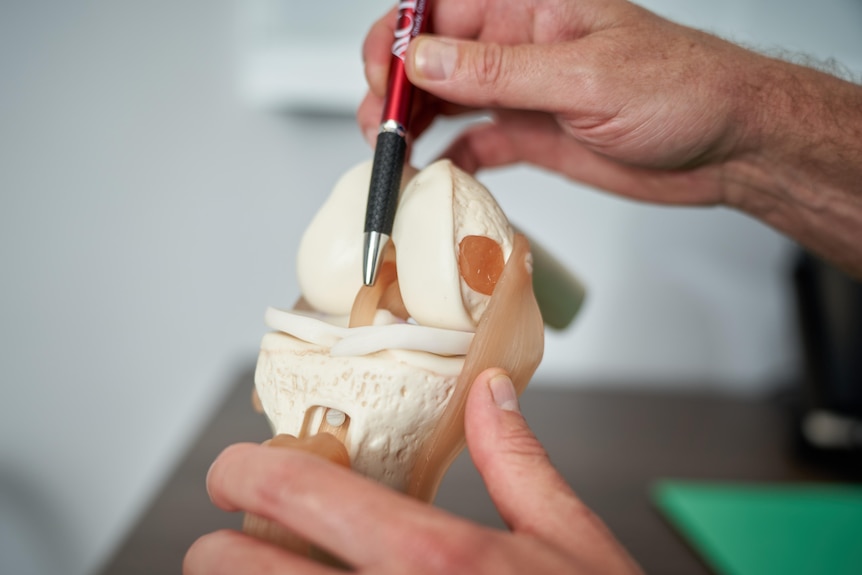
The ACL is a rope-like band of tissue that runs across the middle of the knee, connects the thigh bone to the shin bone, and plays a vital role in keeping the joint stable.
For decades, accepted medical wisdom has been that the ACL cannot heal due to poor blood supply within the knee joint.
“It’s been a myth that the ACL never heals, which is written in stone,” said orthopedic knee surgeon Justin Roe.
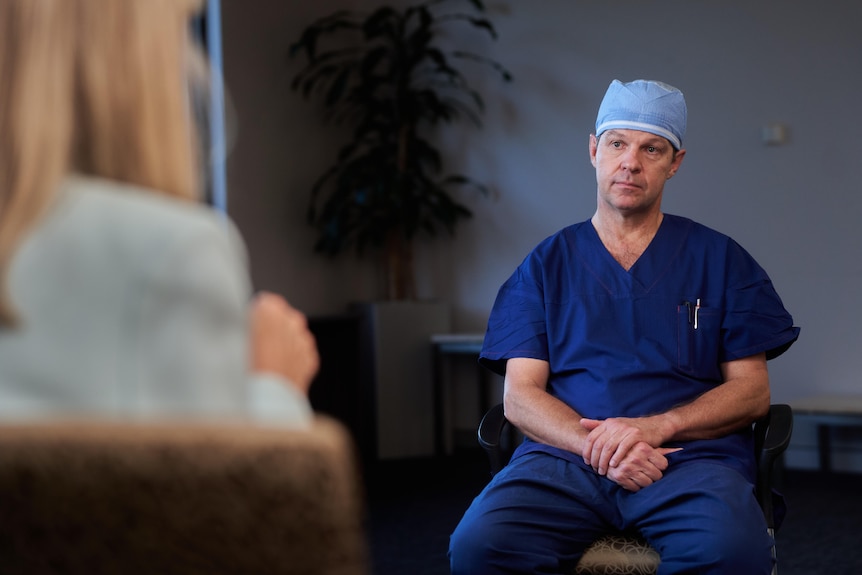
In practice, he said, doctors have observed that ACLs heal in some cases, but not in others.
“And that’s the holy grail: predicting who it cures and who it doesn’t,” Dr. Roe said.
Surgical reconstruction has been considered the gold standard treatment and offers a more predictable outcome.
“We have good surgical techniques that have been developed over the years, so we can confidently tell patients that with successful ACL reconstruction, they can return to sports 70 to 80 percent of the time. “said Dr. Roe.
Dr. Filbay said her research showed that patients treated without surgery returned to sport at similar rates.
“If your surgeon or your physical therapist tells you that if you ever want to play sports again, you’re going to need surgery, then it really takes away your ability to make an informed decision, because you’re going to choose surgery and we don’t accurately understand the pros and cons.” cons of each one,” he said.
“I think the best evidence at the moment shows that rehabilitation on average is as good a treatment as surgery, but that hasn’t translated into current practice in Australia.”
Australia has one of the highest per capita rates of ACL surgery in the world.
About 90 percent of patients who tear their ACL undergo surgery, which costs about $10,000 each time.
The surgery involves removing the damaged ligament and replacing it with a graft of tissue taken from the patient’s hamstring or patellar tendon (patella) or, in some cases, with tissue from a donor.
“If you watch AFL or rugby and someone tears their ACL and the commentator says they’re going to have surgery the next day to fix it, that really trickles down to society and the public,” Associate Professor Filbay said.
“If they injure their ACL, they think if Sam Kerr has reconstruction, that must be the best treatment for me.
“But that’s not what the evidence shows.”
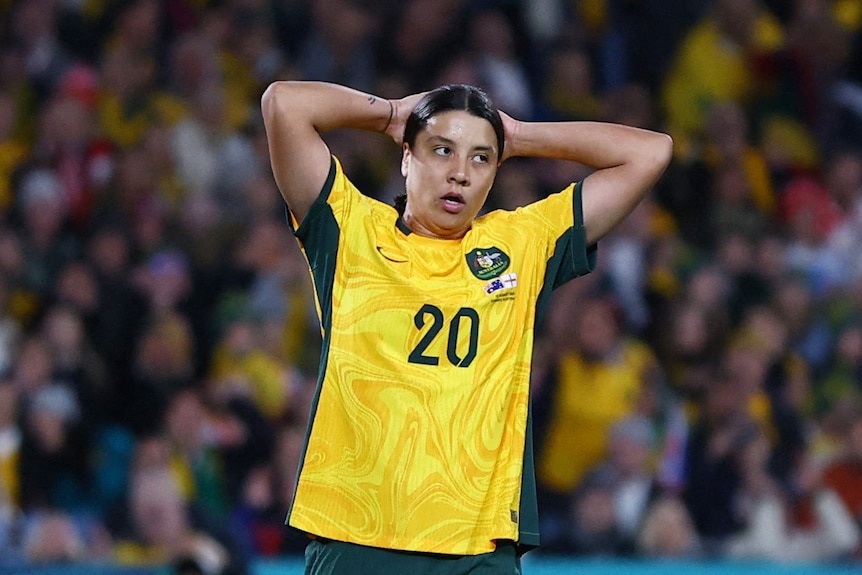
Around 20,000 ACL reconstructions are carried out each year, and that number is increasing, particularly among women and children, with patients as young as nine years old undergoing surgery.
The finding that the ACL may have a greater ability to heal than previously thought has raised questions about whether all of these surgeries are necessary.
“Certainly, we’ve known for a long time that we’ve been doing too much,” Dr. Roe said.
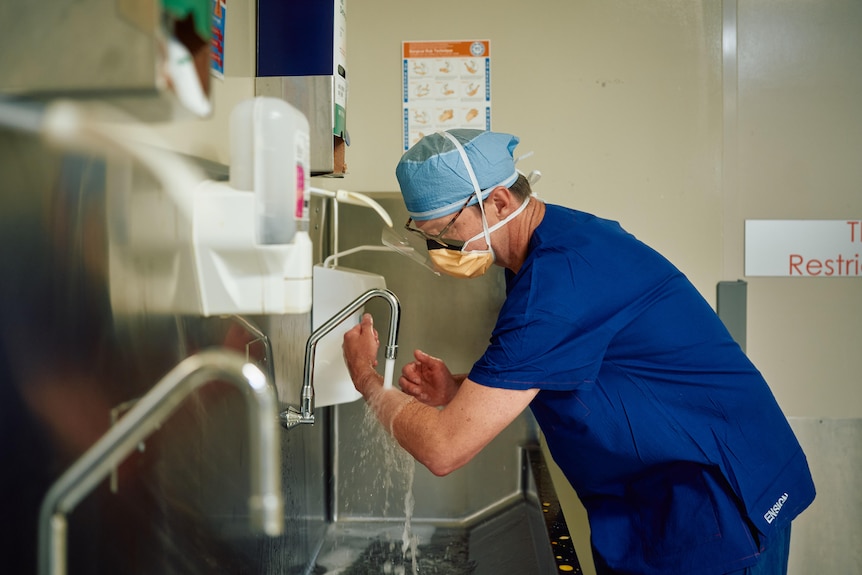
But he said in some cases there was a danger that by not operating the patient would risk further damage to the knee.
“What worries me is the extremism of going too far the other way,” Dr. Roe said.
Orthopedic knee surgeon Christopher Vertullo said the latest research has shown that about half of ACL patients do not do better with surgery.
“It’s concerning that there are too many ACL injuries and too many ACL surgeries,” he said.
“There are now many studies suggesting that non-surgical treatment of ACL injuries works very well and that a high proportion of patients, more than 50 percent, will do just as well without surgery.”
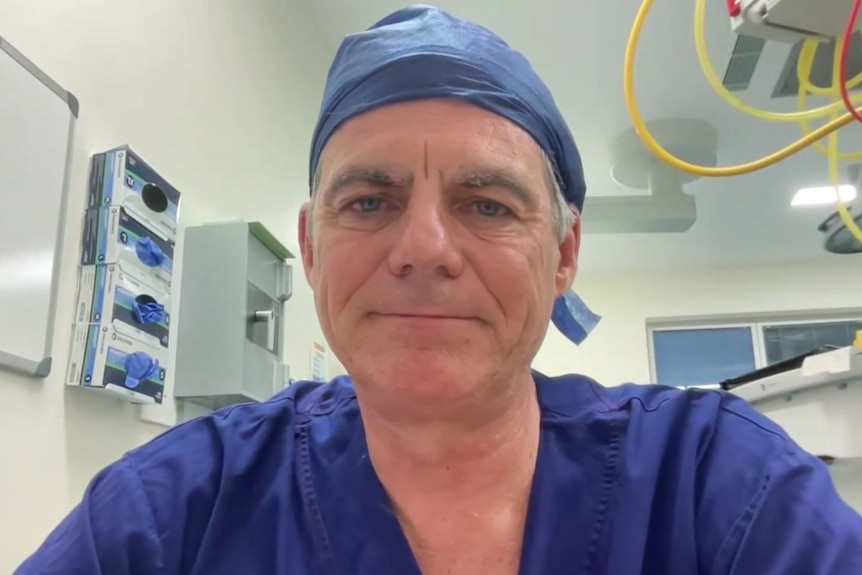
But he said not all patients were willing to try a non-surgical approach.
“There’s a mentality that people really want to get fixed and they want it now, and that’s hard for a surgeon.”
He said Stephanie Filbay’s research had contributed to a robust debate about the treatment of ACL injuries, but cautioned that MRIs were not a perfect tool for assessing healing or whether the ACL is intact.
“You certainly see continuous-looking ACLs on the MRI and then you look at the person and you see that they have a lot of instability,” he said.
He said a national ACL injury registry was needed to track patients and collect more data.
“I have no doubt that the ACL has the ability to heal,” he said.
“A registry will help us make more informed decisions for our patients and help patients make more informed decisions.”
Choosing rehabilitation versus surgery
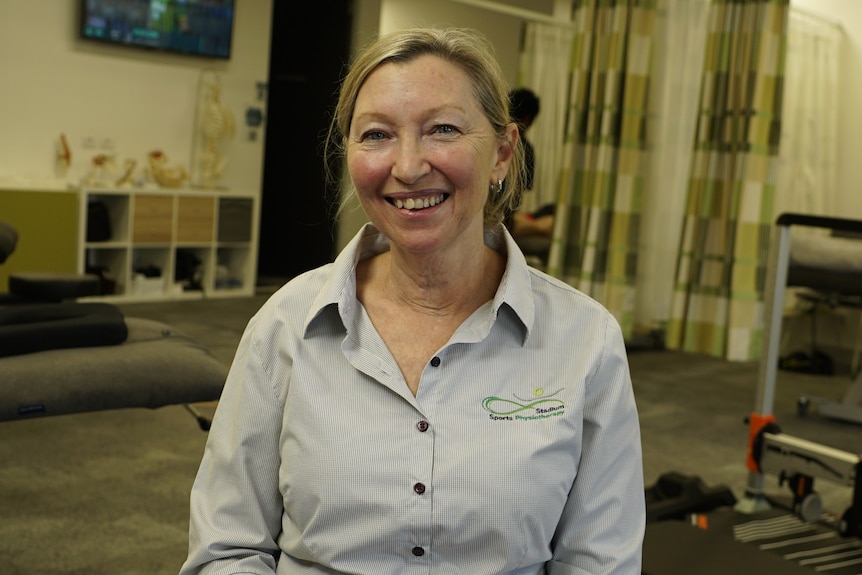
When sports physiotherapist Clare Walsh trained 20 years ago, she was taught that the anterior cruciate ligament did not heal.
“What we understood was that if someone had an ACL injury, then they needed surgery,” he said.
Today, patients have the option of surgery with up to a year of rehabilitation or rehabilitation alone.
“Making that decision about surgery is not urgent, it does not need to be made on the first day,” he said.
“Surgery may be the most appropriate option, but if they want to try non-surgical treatment in rehabilitation, then they can try it.”
A high percentage of the patients Ms. Walsh sees choose the non-surgical route, some for financial reasons.
“The patients who usually opt for rehabilitation are those who do not have private health coverage because it is a very expensive operation,” he said.
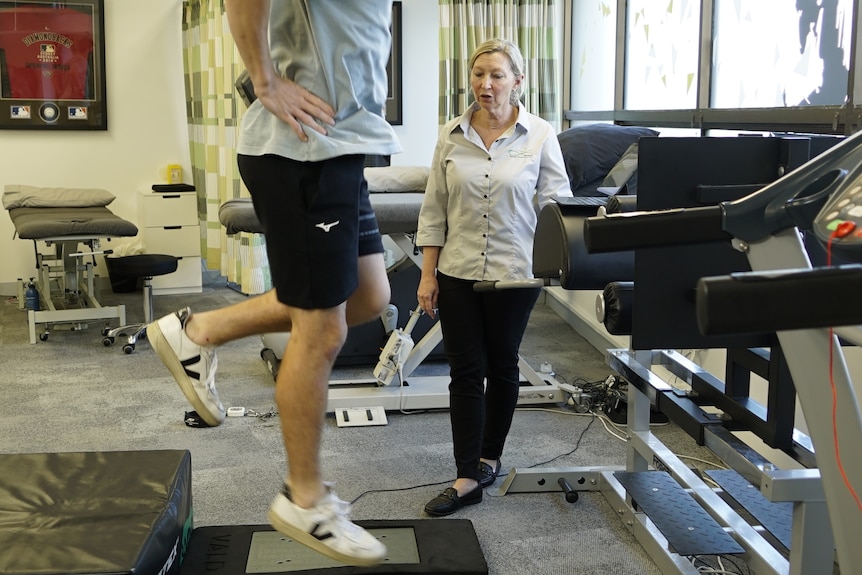
Patients still have the option of undergoing surgery in the future if their knee proves unstable after a period of rehabilitation.
“We have great surgeons and the surgical results are very good in a very high percentage of cases,” Ms. Walsh said.
That’s an option that Dr. Filbay pointed out is not available the other way around.
“Once someone has reconstructive surgery, the ACL is removed and replaced with tissue from another part of the body.” she said.
“So you will never have the ability for that natural healing again.”

